When people think of glucosamine, they automatically think of joint health; however, new studies indicate there may be more to this supplement. Glucosamine benefits stretch well beyond what this natural compound provides for the health of your joints; recent research has shown that glucosamine can also have a positive effect on a variety of cognitive issues. Here is what you need to know about this compound and how taking a glucosamine supplement may benefit both joint health and cognitive function as you age.
What is Glucosamine?
 Glucosamine is a natural sugar compound that is found in high concentrations in joints and in the fluid that surrounds cartilage, the tissues surrounding the joints. The human body relies on glucosamine to build and repair cartilage, the connective tissue that protects the bones by providing the right amount of padding.
Glucosamine is a natural sugar compound that is found in high concentrations in joints and in the fluid that surrounds cartilage, the tissues surrounding the joints. The human body relies on glucosamine to build and repair cartilage, the connective tissue that protects the bones by providing the right amount of padding.
Cartilage begins to deteriorate as the body ages just as the natural levels of glucosamine begin to fall over time. This breakdown of cartilage may lead to inflammation and pain. However, taking a glucosamine supplement has been shown to slow down the natural deterioration of cartilage, protecting bones in the process.
Glucosamine Benefits
There is a wide body of research examining the benefits of glucosamine on joint health. Because this compound has been demonstrated to decrease the rate at which cartilage breaks down, the primary use of the supplement has been to soothe minor joint pain in people with osteoarthritis. The joint degeneration associated with this condition can cause great pain for many sufferers. This makes glucosamine an important supplement for many people with osteoarthritis, regardless of whether the pain is located in the knees, hip, spine or elsewhere.
Glucosamine supplementation has also been shown to help to treat certain symptoms associated with rheumatoid arthritis. While there is not a significant reduction in the inflammation associated with this medical issue, glucosamine has been demonstrated to be instrumental in assuaging minor pain related to rheumatoid arthritis.
Because of these widely regarded benefits, it is also not surprising to learn that glucosamine is often used as a way to improve knee mobility after surgery or when rehabilitating from a sports injury.
In addition to joint health concerns, some studies have reported that the use of glucosamine may help to suppress the issues that trigger irritable bowel disease in some individuals. Lastly, glucosamine may also mitigate the body’s immune response in cases of multiple sclerosis.
Glucosamine and Cognitive Health
Until recently, the primary benefits of glucosamine have centered around the treatment of ailments related to joint conditions. However, emerging research has shown how this popular supplement may also provide benefits to the brain and cognitive function.
A study out of the University of Kentucky sheds light on how the brain serves as a major reservoir for glucosamine. The findings indicate that glucosamine is a primary component of brain glycogen. Discovering that brain glycogen is comprised of 25 percebt glucosamine has led researchers to wonder if this supplement could be a powerful tool in the fight against cognitive-related health issues.
In limited studies, there is also evidence that glucosamine is able to easily penetrate the blood-brain barrier. As it penetrates this barrier, the presence of the compound has been shown to potentially have a positive effect on an individual’s ability to complete various cognitive functions, such as boosting spatial memory and improving reaction time.
Because of these findings, some medical professionals hypothesize that glucosamine may be a key component in treating cognitive-related health issues in the future. This offers hope to people suffering from neurological diseases such as epilepsy and dementia.
How to Boost Your Intake of Glucosamine
 It is nearly impossible to boost your intake of glucosamine without the use of supplements. This is because there are no natural food sources of this compound; it is primarily found in the shells of shellfish, such as shrimp, lobster and crab. Because this compound is not widely found in food, it is important to seek it out in supplement form if you want to enjoy the many benefits.
It is nearly impossible to boost your intake of glucosamine without the use of supplements. This is because there are no natural food sources of this compound; it is primarily found in the shells of shellfish, such as shrimp, lobster and crab. Because this compound is not widely found in food, it is important to seek it out in supplement form if you want to enjoy the many benefits.
There are various forms of glucosamine supplements to choose from. The most common types are glucosamine sulfate, glucosamine hydrochloride and N-acetyl glucosamine. It is important to note that there is not any specific research surrounding the use of N-acetyl glucosamine when it comes to treating joint issues. These types of supplements are not to be used interchangeably, making it important that you are taking the right kind of glucosamine for your specific health needs. While most people take glucosamine supplements as a caplet or tablet, it is also available as an injection.
While the body of research regarding the use of glucosamine is fairly new, it is clear that this supplement shows much promise for a variety of health conditions. It is worth your time to look into how this supplement can provide a host of health benefits as you age, both physically and cognitively.
 If you have spent any time researching vitamins and minerals, you have likely run across studies documenting the many benefits of omega-3 fatty acids. But what are omega-3s exactly? These fatty acids are
If you have spent any time researching vitamins and minerals, you have likely run across studies documenting the many benefits of omega-3 fatty acids. But what are omega-3s exactly? These fatty acids are  Start with looking at ways to incorporate the omega-3s through food. The gold standard for omega-3s is cold-water fatty fish such as salmon, tuna, mackerel and sardines. Other good food choices include nuts, seeds and plant oils. Walnuts, chia seeds, flax and canola oil are some of the most accessible foods for children.
Start with looking at ways to incorporate the omega-3s through food. The gold standard for omega-3s is cold-water fatty fish such as salmon, tuna, mackerel and sardines. Other good food choices include nuts, seeds and plant oils. Walnuts, chia seeds, flax and canola oil are some of the most accessible foods for children.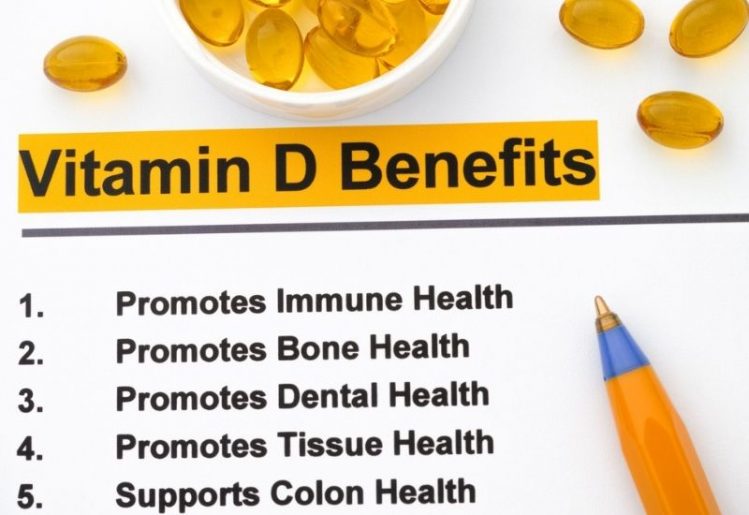 Primarily,
Primarily, 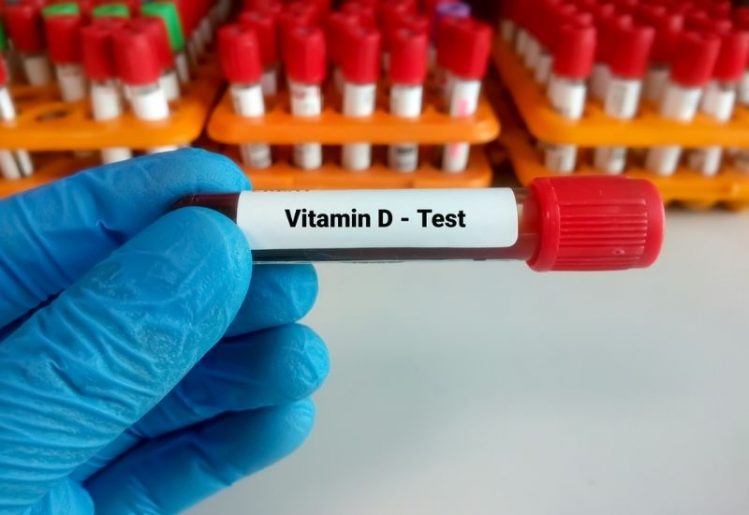 Typically, seafood is the best food source of D3 cholecalciferol. For example, a single tablespoon of cod liver oil contains up to 170 percent of the daily recommended value for this nutrient. A three-ounce serving of rainbow trout contains 81 percent of the vitamin D you need daily, while a similar serving of salmon contains 71 percent of the recommended daily value. Two sardines and one egg each contain 6 percent of the recommended value, while three ounces of beef liver or tuna contain 5 percent of the recommended daily dose of this nutrient.
Typically, seafood is the best food source of D3 cholecalciferol. For example, a single tablespoon of cod liver oil contains up to 170 percent of the daily recommended value for this nutrient. A three-ounce serving of rainbow trout contains 81 percent of the vitamin D you need daily, while a similar serving of salmon contains 71 percent of the recommended daily value. Two sardines and one egg each contain 6 percent of the recommended value, while three ounces of beef liver or tuna contain 5 percent of the recommended daily dose of this nutrient. The most convincing reason to make exercise a part of your lifestyle is because it has been proven to prolong your life.
The most convincing reason to make exercise a part of your lifestyle is because it has been proven to prolong your life.  Many people erroneously believe that exercise will make you hungrier. However, numerous studies have demonstrated that aerobic exercise actually decreases your overall appetite. This happens as a result of the effect of exercise on the hormones that control your hunger levels.
Many people erroneously believe that exercise will make you hungrier. However, numerous studies have demonstrated that aerobic exercise actually decreases your overall appetite. This happens as a result of the effect of exercise on the hormones that control your hunger levels.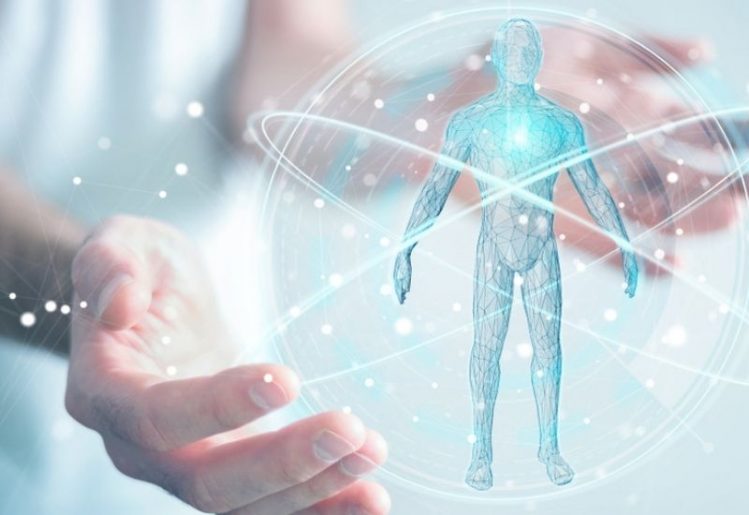 NAD takes two forms, depending on what point in the energy production cycle it is. These two forms are NAD+ and NADH. NAD levels decrease with age, contributing to the mitochondrial inefficiency and deterioration
NAD takes two forms, depending on what point in the energy production cycle it is. These two forms are NAD+ and NADH. NAD levels decrease with age, contributing to the mitochondrial inefficiency and deterioration 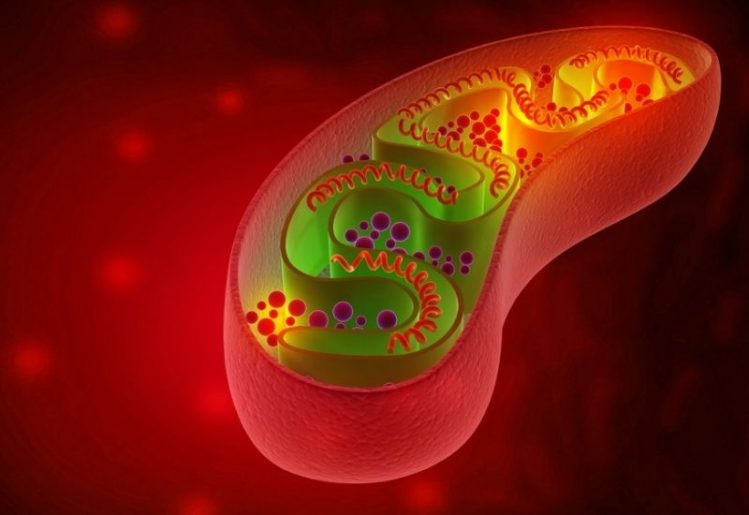 In animal studies and test tube studies done with
In animal studies and test tube studies done with 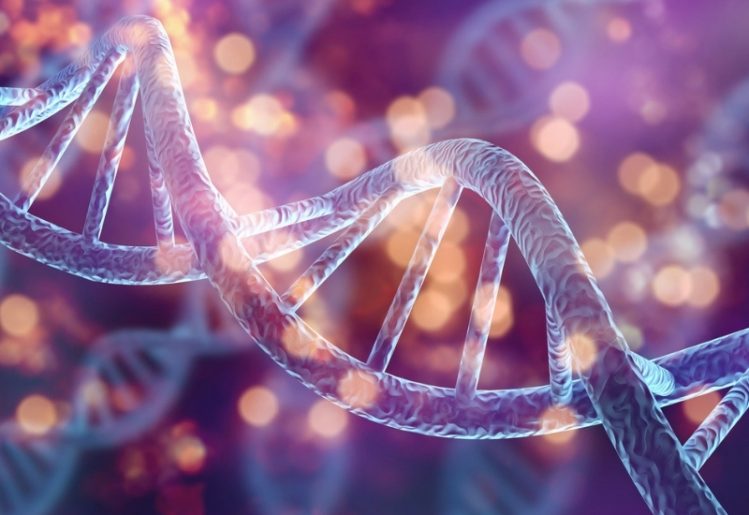 There are many ways vitamin B12 benefits everyone, regardless of age and gender. We know that vitamin B12 helps the body form new red blood cells and improves the metabolism of cells throughout the body. It also benefits nerve function and helps the body create new DNA. Vitamin B12 also promotes a healthy heart and helps to maintain blood pressure within normal ranges
There are many ways vitamin B12 benefits everyone, regardless of age and gender. We know that vitamin B12 helps the body form new red blood cells and improves the metabolism of cells throughout the body. It also benefits nerve function and helps the body create new DNA. Vitamin B12 also promotes a healthy heart and helps to maintain blood pressure within normal ranges  While organ meat from any animal is packed with a broad range of nutrients, the liver and kidneys of a lamb are particularly rich in vitamin B12, containing 3,571 percent of the daily recommended value, making it ideal for pregnant women. Lamb organ meat is also rich in vitamin A, vitamin B2, selenium and copper.
While organ meat from any animal is packed with a broad range of nutrients, the liver and kidneys of a lamb are particularly rich in vitamin B12, containing 3,571 percent of the daily recommended value, making it ideal for pregnant women. Lamb organ meat is also rich in vitamin A, vitamin B2, selenium and copper.